Alert
Alerts
Vulmix village and its basins






Description
Altitude of 1,000m. The name Vulmix is believed to come from the Latin word ulmus (elm). This tree, which once grew around the village, was wiped out in Europe by a microscopic fungus. The spelling of the name currently in use is "Vulmix", although in the past it was more often seen in the form Vulmis and, during the French Revolution, Vulmy. The first official document in which the village appears is the "Mappe Sarde" dated 1728-1733, the land register of the Kingdom of Piedmont-Sardinia. At a time when Bourg-Saint-Maurice was still only a rural hamlet, Vulmix was the capital village.Village life mainly revolved around farming, as evidenced in the village’s three basins, which were used for the residents and animals alike. Vulmix was also renowned for the quality of its orchards. In the olden days, the fountain or bachal supplied water to the villagers, and was used as a trough for livestock and as a washing point. The village of Vulmix had several fountains, built with thick, wide slabs of schist which could be decorated. In the high street, for example, there is a fountain (1893) adorned with a man's head sculpted directly in the stone.
were used for the residents and animals alike. Vulmix was also renowned for the quality of its orchards. Apple yields were high, and much of the harvest was sold region-wide. The village had another key asset: salt. This is believed to have been mined since ancient times, but it was in the 16th century that extraction was scaled up substantially. The army’s settlement here in the 1890s led to a significant fall in agricultural income, a loss that was partly offset by the opening of a few businesses: there were up to 7 cafés in the village. Vulmix also had its own fruitière or cheese dairy, where the common fruit of the villagers’ labour (i.e. milk) was brought to be turned into cheese. The dairy closed in 1966. Guided tours: enquiries at the Tourist Offices of Bourg-Saint-Maurice / les Arcs Tel: +33 (0)4 79 07 12 57
Technical Information
Altimetric profile
IGN cards
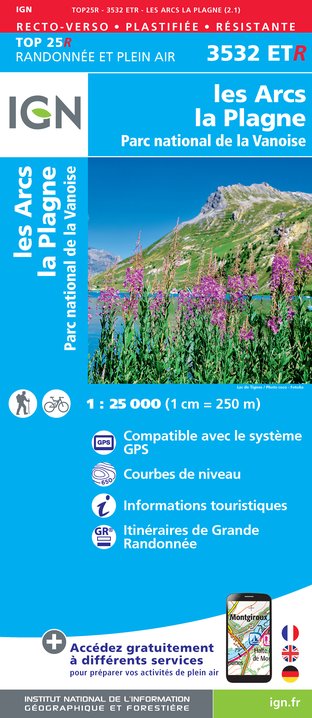
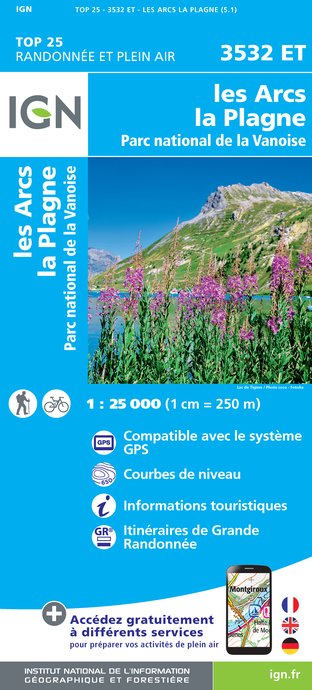


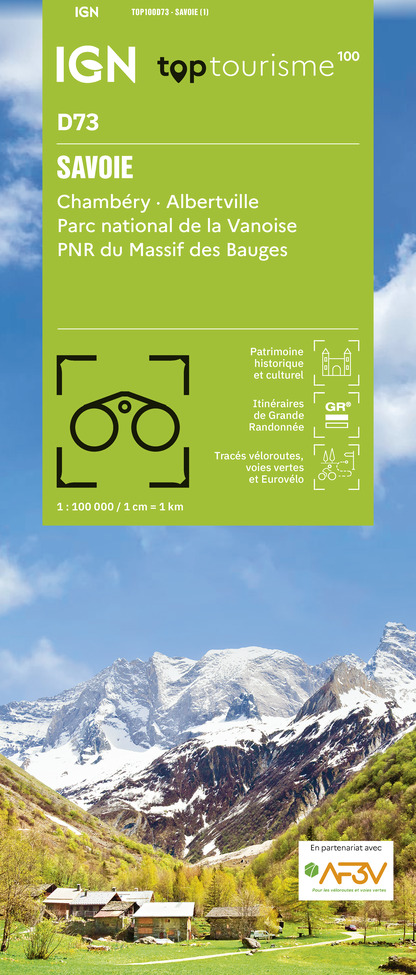
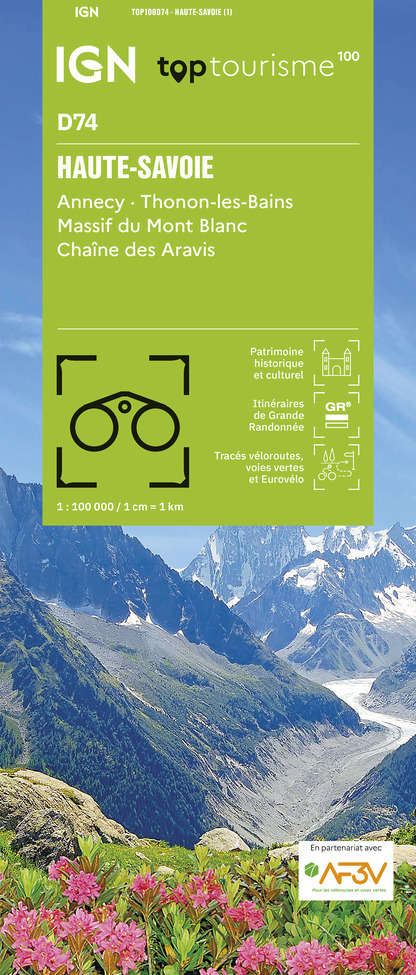


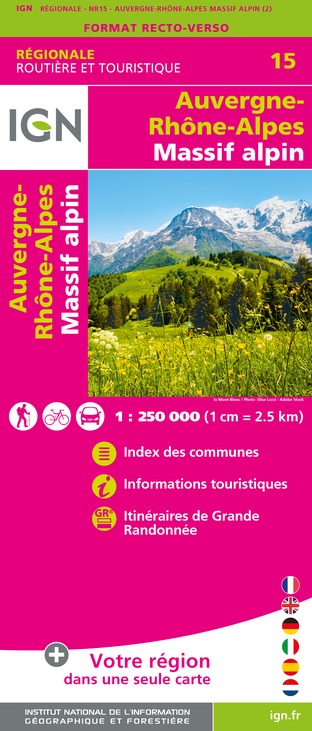

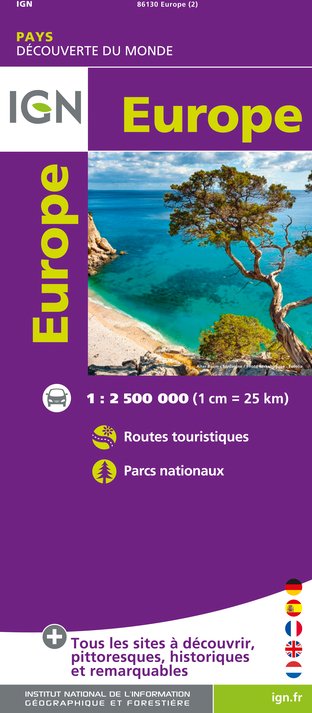
Data author
